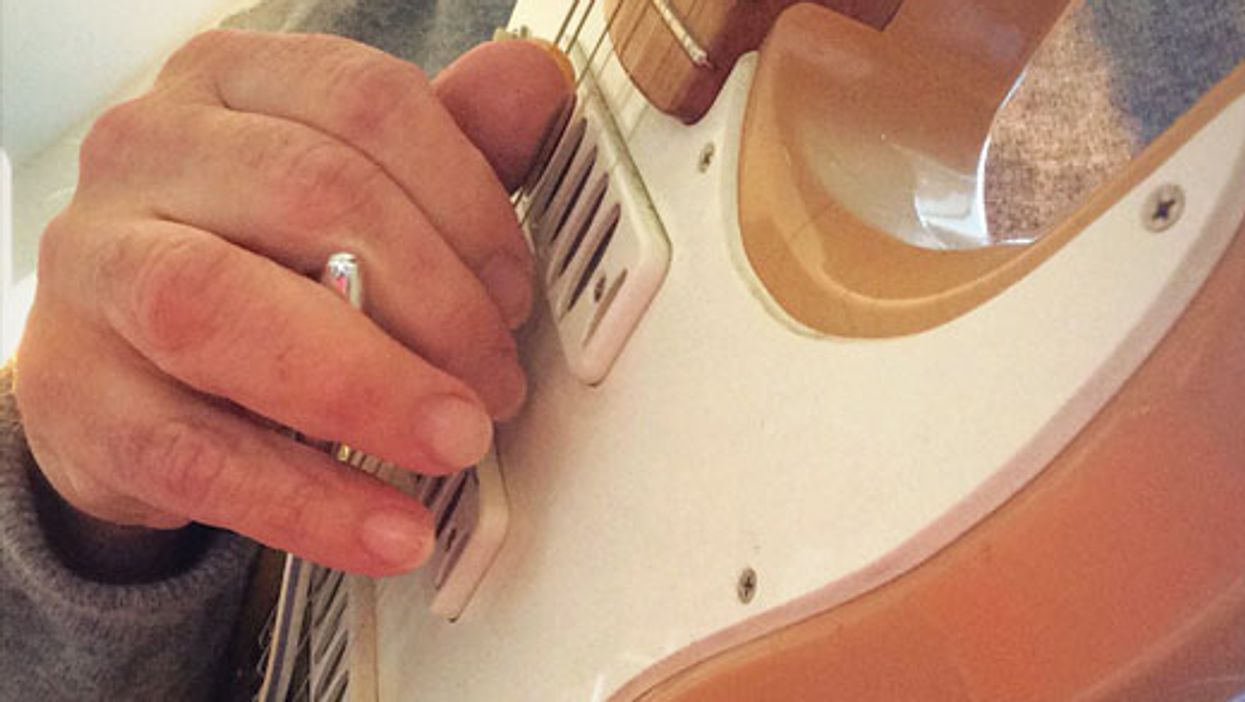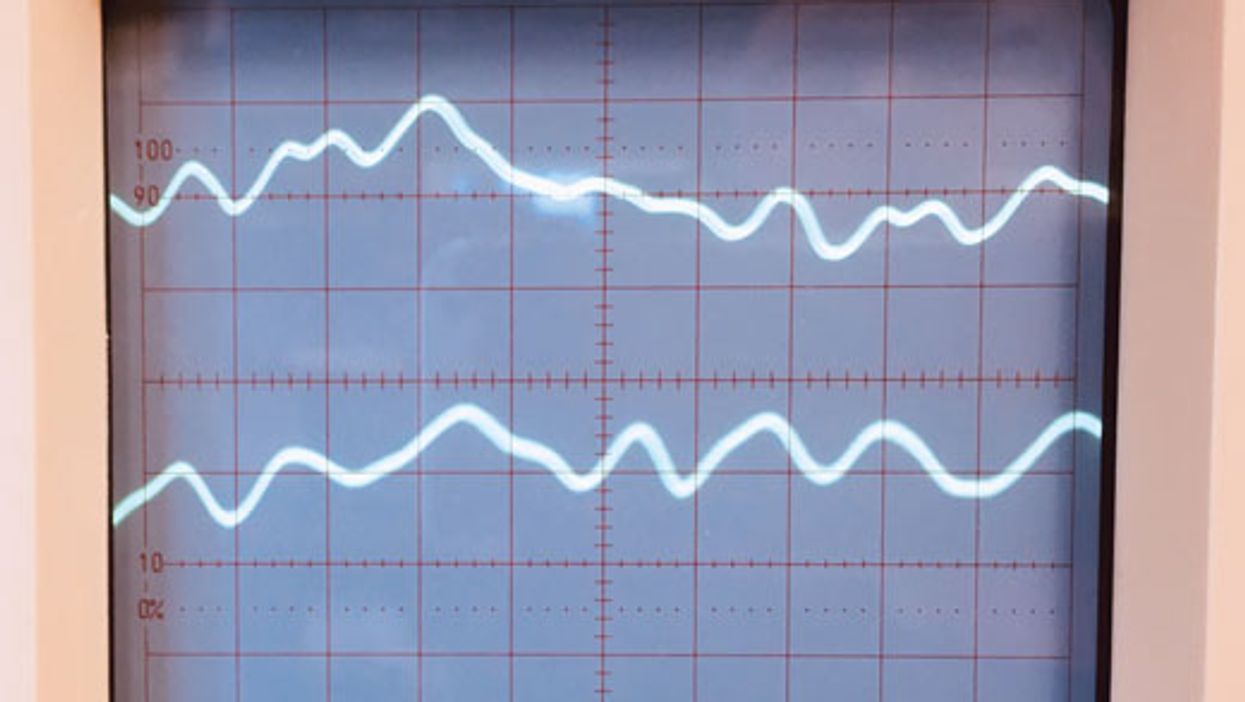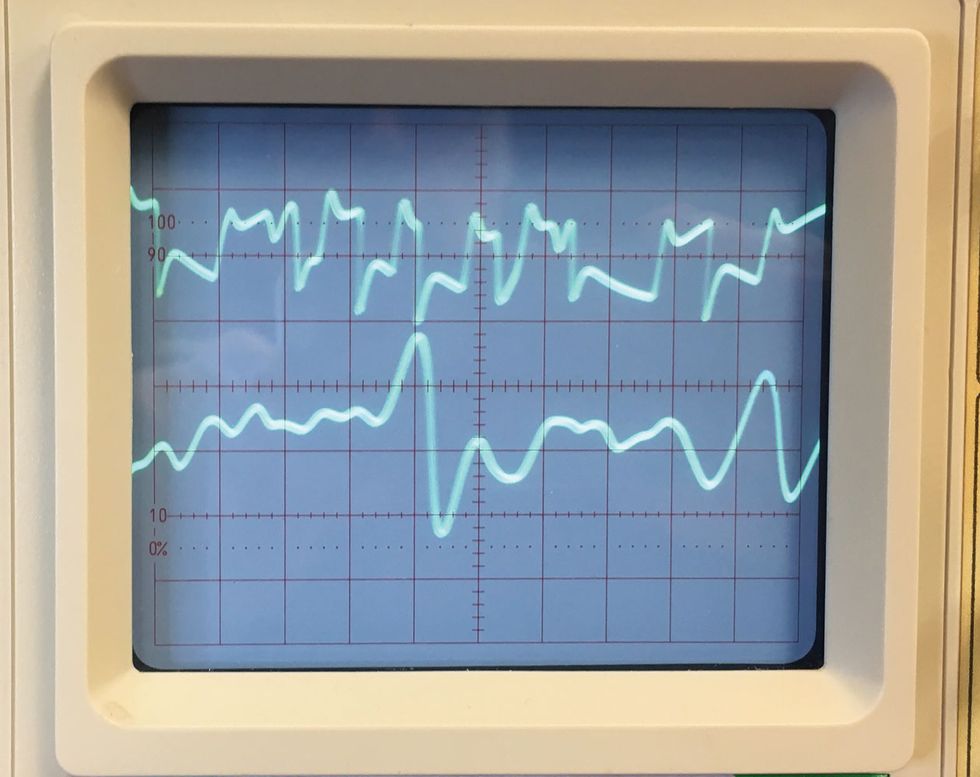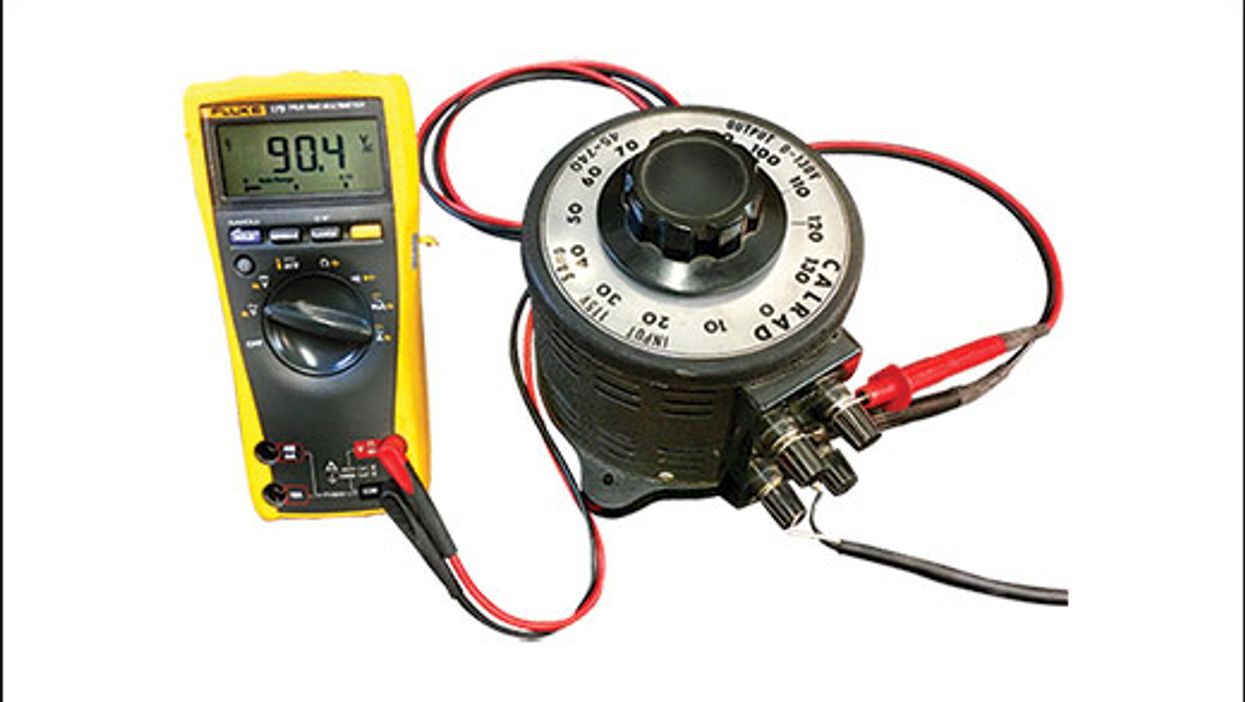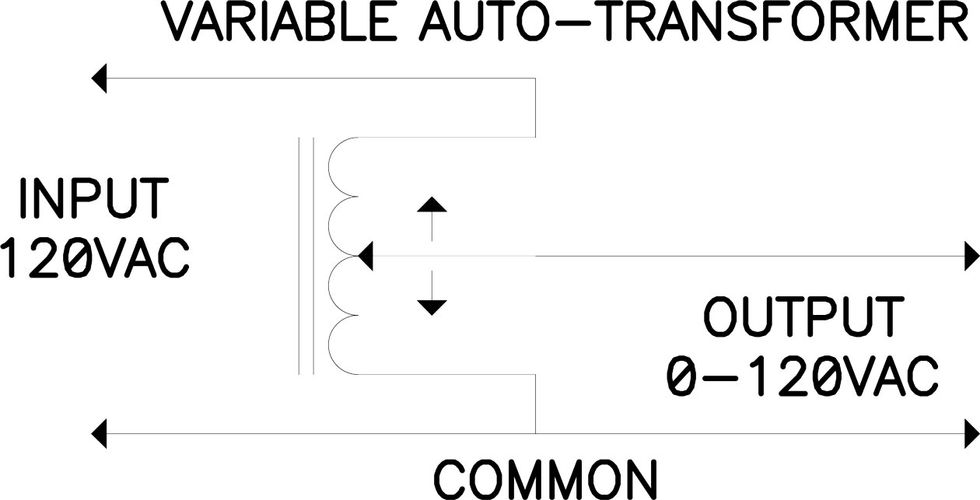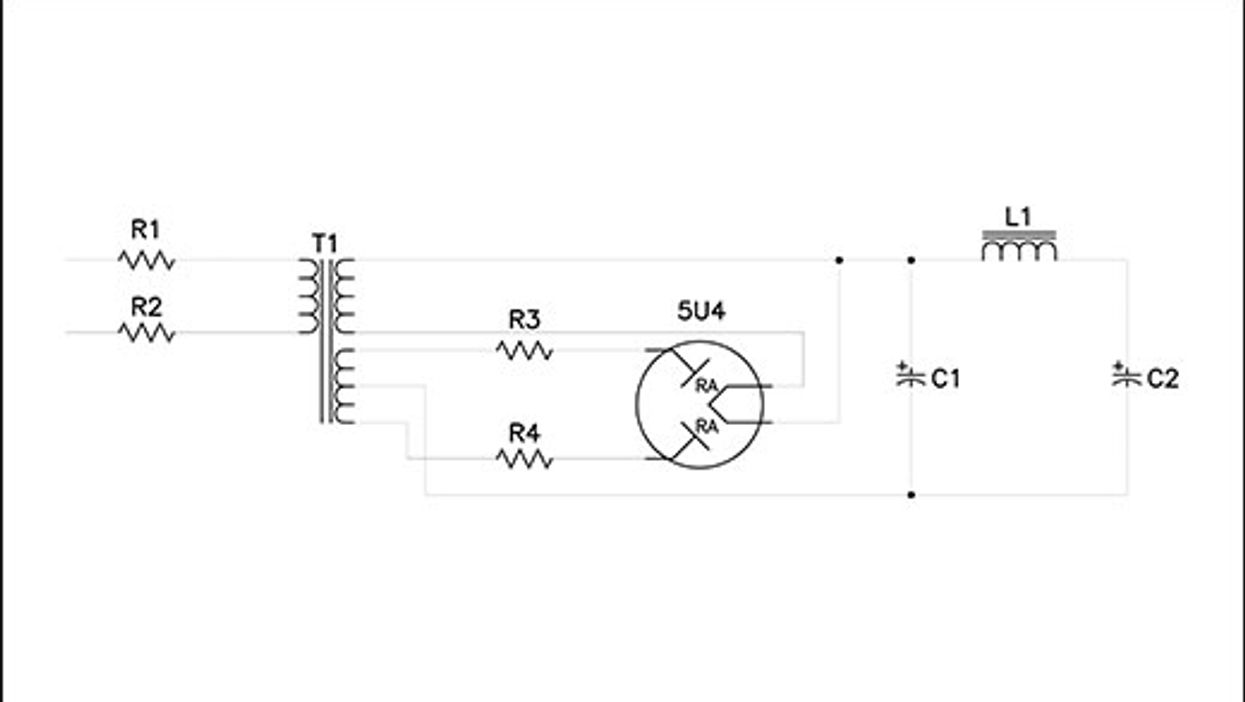As long as I’ve been involved in tube amplifier design and engineering, there’s been a debate about whether amplifiers with printed circuit boards (PCB) are superior, equal to, or inherently inferior to handwired amps. Buzzwords like “point-to-point” are somehow easier for many guitarists to spout than putting actual thought into the subject. No matter how expertly executed, PCB designs always seem held in less esteem than handwired amps—even terribly executed ones. Most reasonable players probably don’t care how an amplifier is made, as long as it is reliable and sounds good. Or so I thought.
Recently, we posted before-and-after photos on Instagram of one of our amps that some field repair shop had butchered—the original wiring was horribly chopped and spliced back together. The post was intended to show a factory restore in progress, yet a follower complimented us on our cool handwiring, saying it “looks amazing.” In my mind, this attitude reflects a narrative that the mere presence of wires somehow imparts special effort.
Many elements go into amplifier development, including rigorously vetted sonic research and testing. Let’s say you want to compare the sonic properties of two different coupling capacitors. If you play an amp with capacitor A installed, and then switch to capacitor B and listen again, your results are going to be skewed by the time that passed during the swap. Perhaps there’s been a change in line voltage, or the amp isn’t positioned identically in the room. Also, if you know what part type you’re switching to, you’re going to be mentally predisposed to hear a different result. You might think that making two identical amps with these different capacitors installed would be a better solution, and you would be wrong. There are going to be more than enough tolerance differences between the two amps to make such a comparison impossible—especially if it’s a handwired amp.
R&D on PCB amps is time-consuming and expensive. And for every PCB design, there is, or should be, a reason for that design and its execution to exist. If the engineer fails to observe essential design practice, odds are the product will be inadequate or it will fail. Copper traces that crack—a frequent criticism of PCB amps—are the result of poor mechanical design and cost cutting. When a poor design fails, PCB amps in general get a bad rap—not just the badly designed ones.
PCB layout and material selection in audio design are as much an art form as the circuit design. A well-engineered layout is informed by experience, trial and error, and an understanding of physics. The beauty of PCB design is that once it’s completed, it’s permanently locked in place. This makes for extremely consistent performance from unit to unit. However, that doesn’t guarantee reliability. The only way to lock in reliability is through careful component selection and rigorous testing. The fine print here is that consistency and reliability do not automatically guarantee a great-sounding amp. That is a function of design intent: the vision that caused the design to exist in the first place. Some of the best-built amps in the industry have PCB-mounted pots and tube sockets. So do the least expensive ones, but for very different reasons. In most cases, the price of the product will indicate what to expect in the way of build quality, consistency, and long-term performance.
The idea that point-to-point equals sonic magic derives from components, pots, and tube sockets being individually wired, which inspires trust. The truth is, solder lugs and eyelet boards require greater amounts of solder and wire than on a PCB amp. Solder, a relatively poor conductor, is meant to help secure an already valid electrical connection. Solder lugs enable unreliable solder connections, and long lead lengths open up the potential for signal loss, noise, and parasitic oscillation. PCB design minimizes or eliminates these problems by keeping signal paths short, with minimum solder. Quality board material using healthy copper width and thickness sounds as good as, or better, than copper wire and will last every bit as long as point-to-point amps. PCB design is full of potential, is infinitely variable, and allows blending tried-and-true components with the latest in new component technology. But the biggest benefit is that we don’t have to reinvent the wheel every time we make an amp.







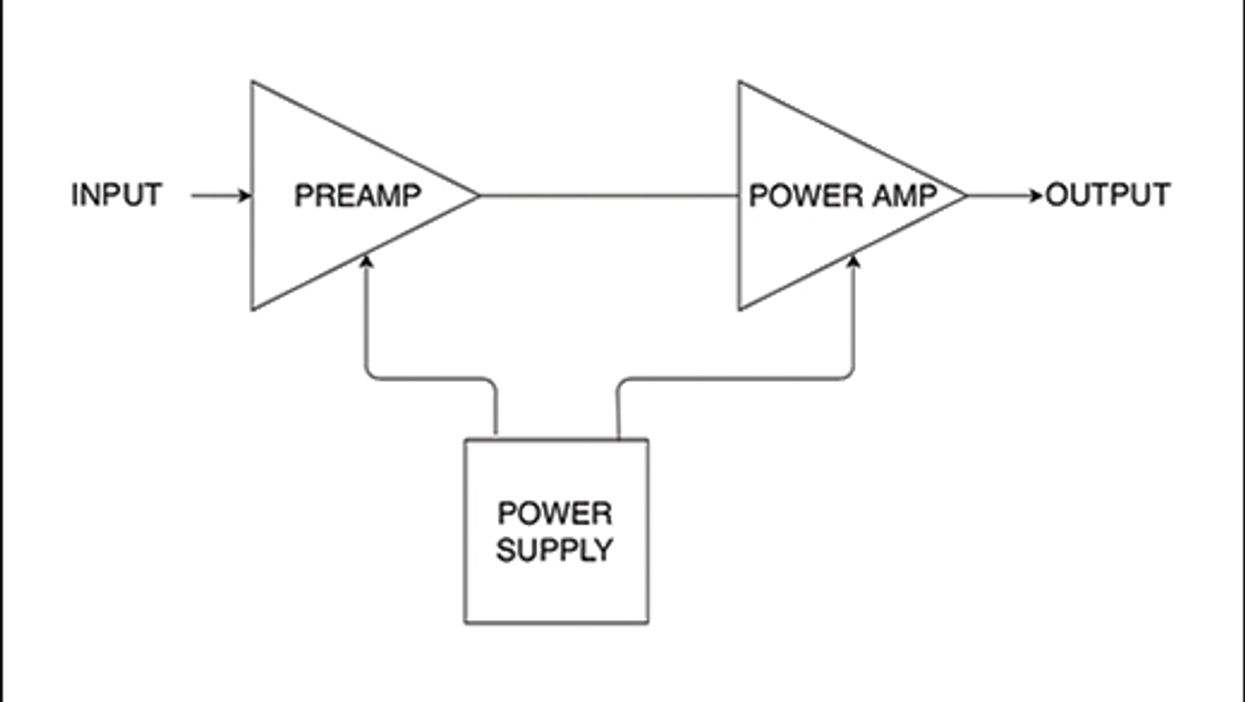
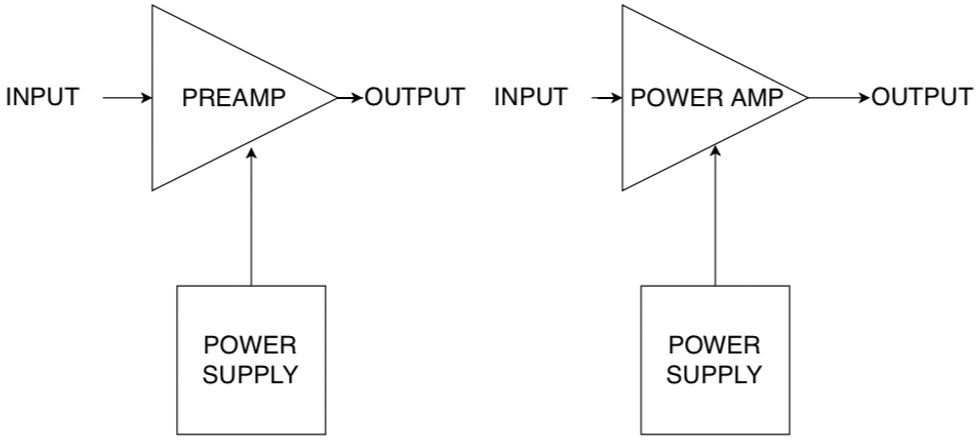



![Rig Rundown: Russian Circles’ Mike Sullivan [2025]](https://www.premierguitar.com/media-library/youtube.jpg?id=62303631&width=1245&height=700&quality=70&coordinates=0%2C0%2C0%2C0)


